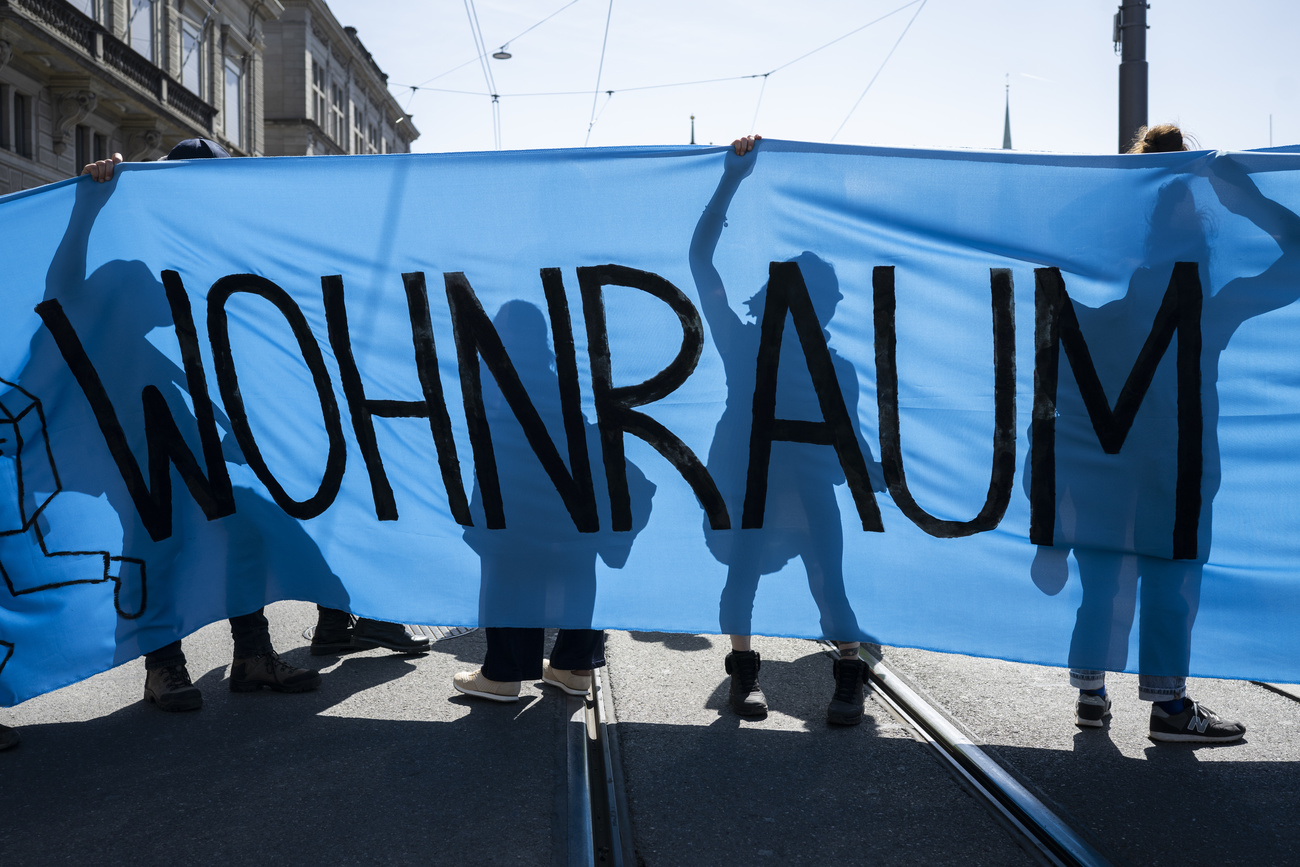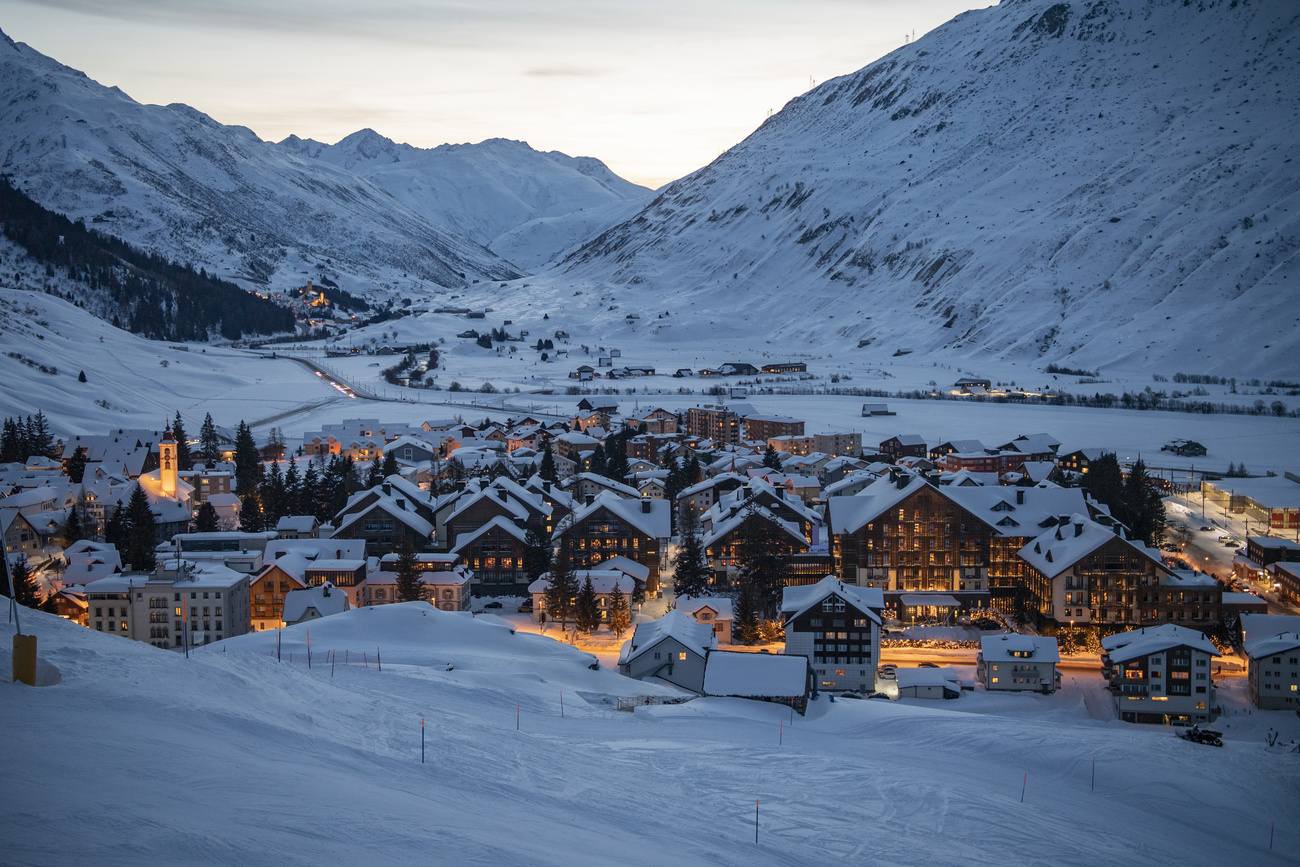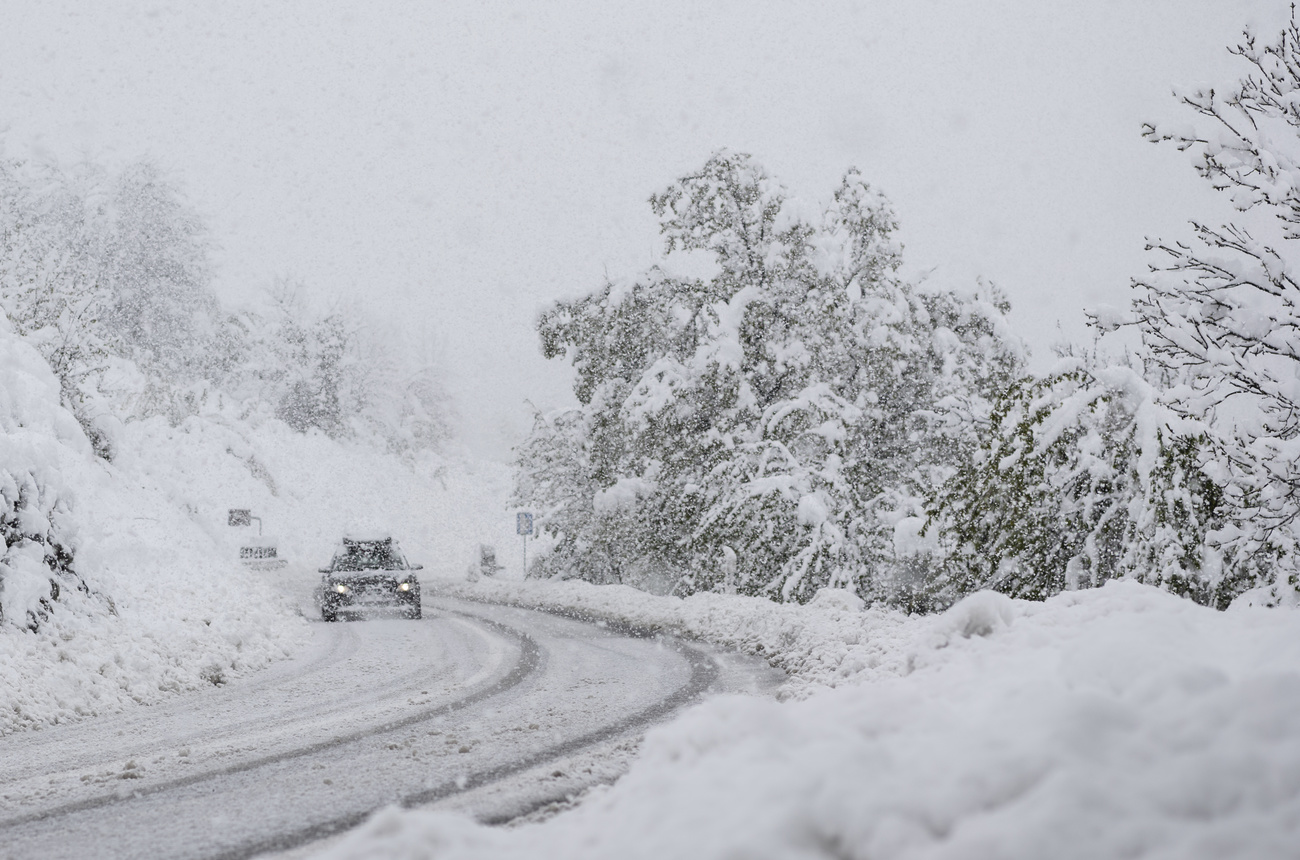The Napoleon of Lake Constance

He was Swiss, the emperor of France and died in an English village. Two culture centres are marking the 200th anniversary of the birth of Napoleon III.
The Napoleon museum in Arenenberg Castle in northern Switzerland and the Cultural Centre in Konstanz just across the border in Germany, have mounted a double exhibition to illustrate the emperor’s life, particularly his youth in the region.
Napoleon III, born Louis-Napoleon Bonaparte, has generally had a bad press: he seized power in a bloody coup in 1852, and he led France to a humiliating defeat in the 1870-1 Franco-Prussian war which cost him his throne.
The two exhibitions are keen to rehabilitate him. Despite his shortcomings, many of his policies were socially and politically progressive – perhaps influenced by his experiences in the liberal atmosphere of Switzerland and Constance.
“He was much more European-minded than many of the rulers of his time; he supported national self-determination; in holding plebiscites he enabled ordinary people to take part in public life,” explained Tobias Engelsing of the Konstanz museum. Among his social innovations were schemes for unemployment insurance and old age pensions and the right to strike.
Louis-Napoleon was born in Paris when his uncle, Napoleon Bonaparte, was emperor of France. But after the defeat at Waterloo and the restoration of the old French monarchy in 1815, all members of the family were forced into exile.
His mother, Hortense, moved to Constance, in what was then the Grand Duchy of Baden. She had sensibly taken the precaution of investing her considerable fortune abroad, placing it in the hands of banker David Macaire, who was based there.
But Baden was pressurised by the great powers not to let her stay. The Swiss canton of Thurgau, on the other hand, was only too pleased to welcome the wealthy foreign immigrant. So she bought the castle of Arenenberg, just over the border in the village of Salenstein, where she held court and filled her son with dreams of empire – while happily allowing him to play with the village children.
These contradictions were manifest throughout his life.
Linguistic talent
On the one hand Hortense embroidered a chair for him with the design of Napoleon’s famous hat, so that he would never forget who he was; on the other hand she let him integrate with the locals, whoever they were. He quickly learned the local dialect; it is said that he even spoke French with a Swiss German accent.
“One day little Louis Napoleon came home without jacket or shoes. He had given them to one of his playmates who didn’t have any while he himself had plenty more at home,” Christina Egli, vice-director of the Napoleon museum told swissinfo.
Mother and son were always remarkably generous.
“They helped the poor, they helped the churches, both Catholic and Protestant. Louis Napoleon’s support made it possible to start a school in Salenstein,” said Egli.
As he grew up, he would go dancing and drinking in Constance with his local friends – and chase the local girls. The smart sleigh, decorated with an imperial eagle, which he used to take them out in is one of the items on show in Konstanz.
He didn’t stop at taking them for drives – quite a few families in the surrounding area claim descent from Louis-Napoleon. But he did pay for the upkeep and education of his offspring. When they reached the age of majority, he gave them an inscribed ring, some of which are also on display.
His free-and-easy relations with the locals is one reason why the two museums were able to gather such a wealth of memorabilia.
“We knew that some local families still had keepsakes. They were the descendents of people who had been friendly with Louis-Napoleon, or with Hortense, or who had done business with them, or just ordinary people who had been given a present at some time,” Engelsing told swissinfo.
As a young man, Louis-Napoleon volunteered for the Swiss army and trained in Thun, near Bern, ending up as a captain in the Bernese infantry. He was taken under the wing of Henri Dufour, one of Switzerland’s greatest statesmen and military leaders, who remained a friend and adviser to the end of his life.
He was a great artillery enthusiast, and even developed a new kind of cannon, which he tried out by firing out of one of the windows in Arenenberg towards the island of Reichenau – something visitors to the exhibition can try to copy with a virtual cannon.
In 1832 he was made an honorary citizen of Thurgau – the first and last time the canton has granted such an honour.
His Swiss citizenship stood him in good stead. After his first attempt to seize power in France in 1836 he was exiled to America, but he soon returned to Arenenberg to see his dying mother. France was furious, but the Swiss refused to expel one of their own citizens despite coming under serious pressure.
Louis-Napoleon tactfully moved to London, from where he continued his campaign to overthrow the French monarchy. But it was not until 1848 that he came to power as president, and in 1852 as emperor.
Napoleon as emperor
As emperor, Napoleon didn’t forget the country he called his home. (France he called his fatherland.) He backed the Swiss in their dealings with Prussia in 1856-7, in which the king of Prussia gave up his claim to the canton of Neuchâtel.
He was also a keen supporter of the Red Cross when it was established by Henry Dunant of Geneva in 1864.
But one policy which angered many Swiss, at least in the French-speaking part, was his annexation of Savoy in 1860. It was approved by plebiscite, but some Swiss felt Savoy should be part of Switzerland and that the emperor had engineered the outcome.
When he lost his throne in 1870, he moved to England, but planned to regain power with the help of friends in Switzerland. Only his death in 1873 put a stop to his plans.
He made his last visit to Arenenberg in 1865, where one of his party described him as looking “exceptionally gay and contented”. His love of Switzerland stayed with him to the end: it is said that when he died one of the items he had with him was an official document proving his Swiss citizenship.
swissinfo, Julia Slater in Arenenberg and Konstanz
Jean Marie Louis Napoléon Bonaparte was born in Paris on April 20 1808.
He died in Chislehurst near London on January 9 1873.
His father was Louis Bonaparte, the brother of Emperor Napoleon I.
His mother was Hortense de Beauharnais, step-daughter of Napoleon I.
He moved to Switzerland in 1817, living in Schloss Arenenberg on Lake Constance.
He served in the Swiss army, becoming a captain, and was made a Swiss citizen in 1832.
After several unsuccessful coup attempts in France, he was elected the first ever French president in 1848.
In 1851-2 he engineered political changes in France which led to him becoming emperor – the last French monarch.
He lost his throne as a result of the French defeat in the Franco-Prussian war of 1870-1 and moved to England where he died and is buried.
“Be assured that I, as a Frenchman and a Bonaparte, will be proud in all circumstances in my life to be a citizen of a free state.”

In compliance with the JTI standards
More: SWI swissinfo.ch certified by the Journalism Trust Initiative










You can find an overview of ongoing debates with our journalists here . Please join us!
If you want to start a conversation about a topic raised in this article or want to report factual errors, email us at english@swissinfo.ch.